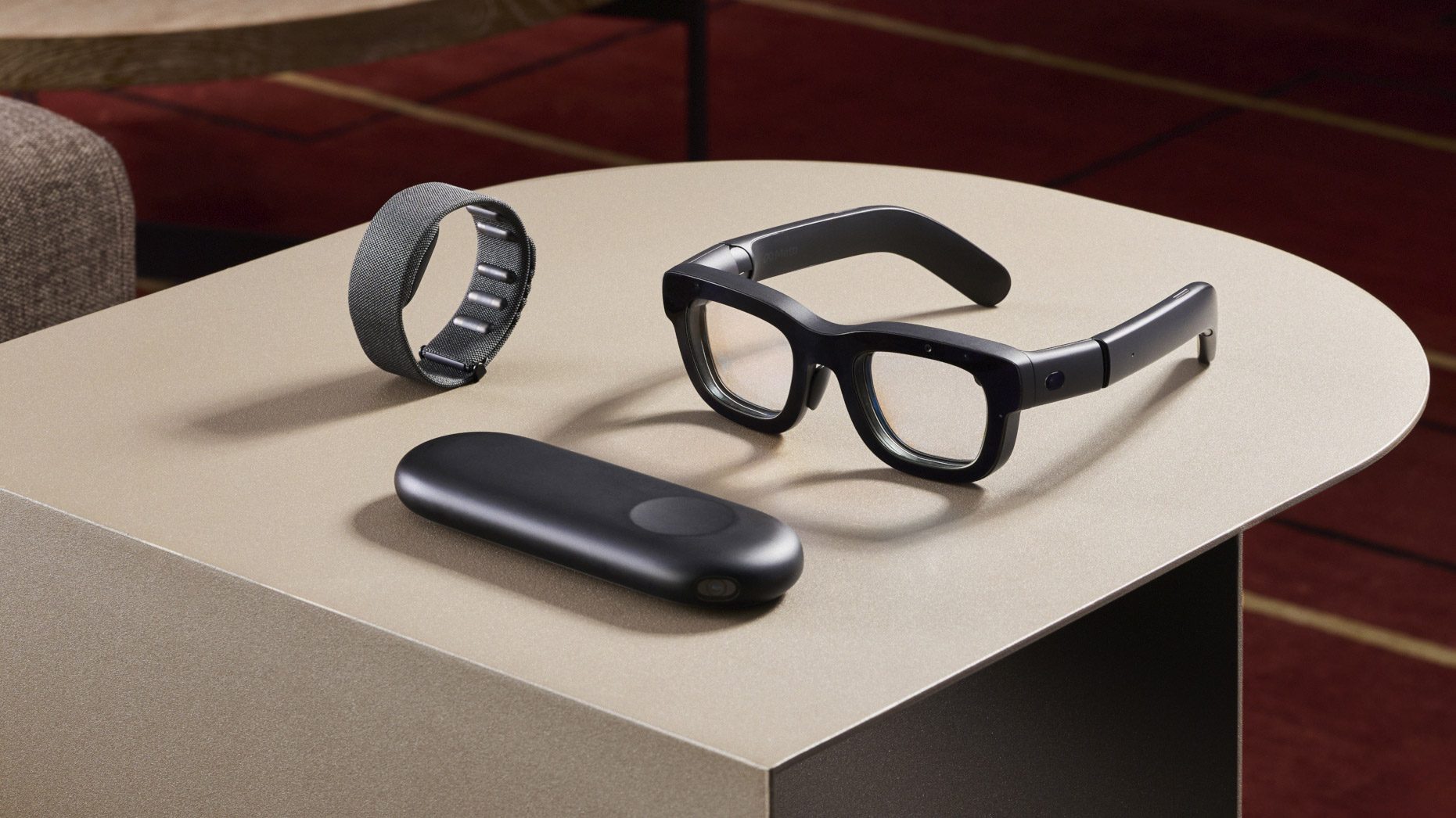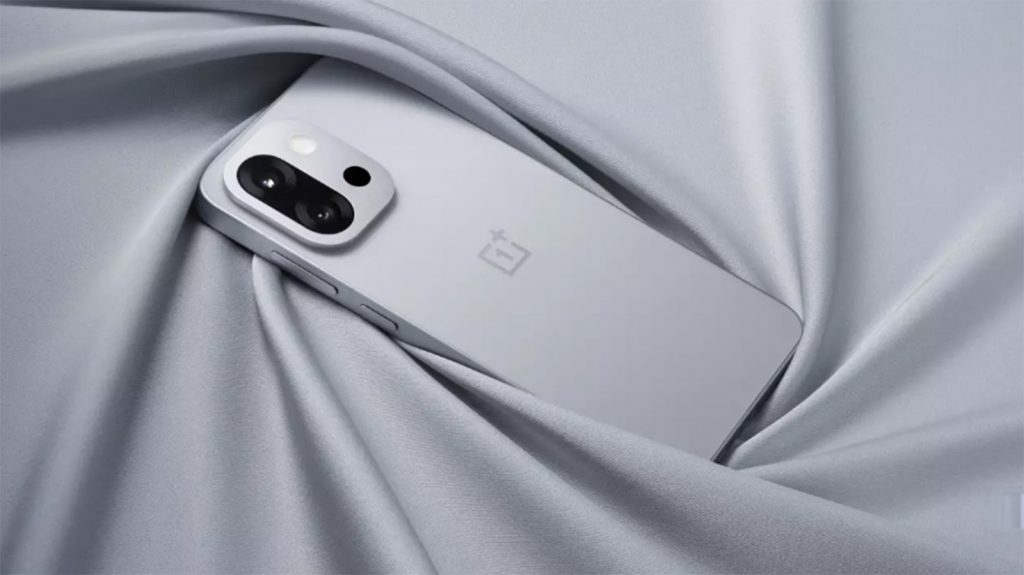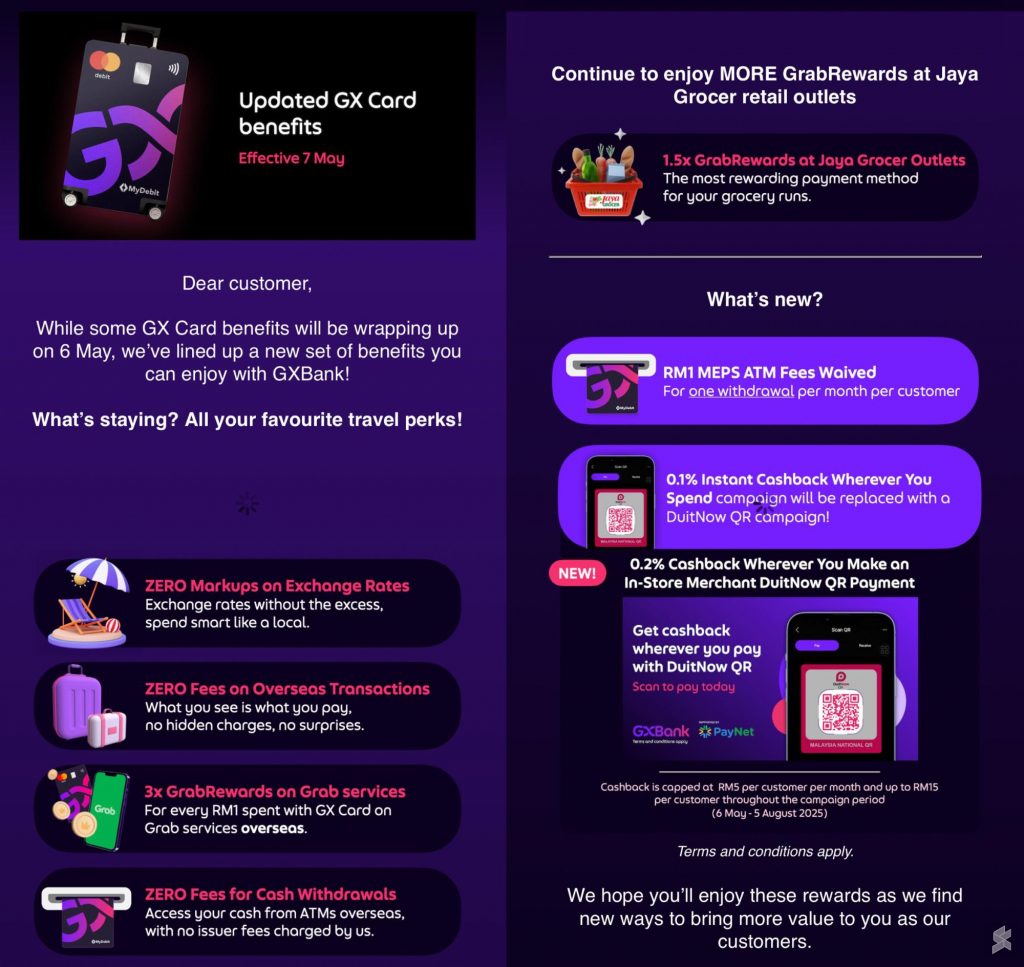Despite Vision Pro’s $3,500 price tag, which is nearly 12 times more expensive than the $300 Quest 3S, Apple and Meta are destined to be direct competitors in the XR space at some point in the near future. According to a report by Bloomberg’s Mark Gurman, Apple may be rethinking its XR strategy moving forward though following Meta’s unveiling of its impressively slim AR glasses prototype, Orion.
Citing Apple insiders, Gurman reports that Apple “seems aware that it needs to rethink its approach to headsets, but there isn’t consensus on how to do that,” further detailing a number of options currently on the Cupertino tech giant’s table.
Gurman maintains the company could continue down the current path of just making its Vision Pro follow-up less expensive, offering a Vision Pro Lite of sorts. Separately, a second generation of Vision Pro could include yet higher-end components, such as its new M4 chip—basically your regularly scheduled upgrade pathway to provide a cheaper version of Vision Pro to the masses alongside a hypothetically Vision Pro 2 for prosumers.
Apple has put a ton of resources into making VisionOS work seamlessly with both XR and standard mobile apps, putting it somewhere near an iPad in functionality but with the added ability to tether to Mac for work stuff. All of that ecosystem integration can’t get any tighter than removing on-board compute from Vision Pro and offloading it to iPhone, the second option.
This would make the headset significantly lighter, but also likely more reliant on having the latest iPhone to run it. It also makes Vision Pro cheaper, and possibly more attractive, as it will be pitched as a peripheral and not the standalone general computing device as it is today. Heat management, whether it would be tethered or wireless, and what devices it could support are all up for speculation.
Gurman also notes Apple is considering its own smartglasses, which would be similar to Ray-Ban Meta Smart Glasses, which has thus far have been so successful it’s spurred Meta to reorganize its Reality Labs to better focus on smart wearables.

Unlike Meta’s Orion prototype, Ray-Ban Meta Smart Glasses don’t pack in AR displays, instead relying on the appeal of taking pictures, videos, listening to music, and using Meta’s AI-powered object recognition for the sort of “look and tell me what you see” tasks such as on-the-go language translation and object searches. Compared to Vision Pro, they’re also pretty cheap, fetching $300 for a basic pair of smart Wayfarers.
By leveraging an existing product line with wide appeal, there’s also the possibility of integrating camera sensors and more AI into AirPods Pro, making for some smarter headphones that could conceptually do everything those slick Ray-Bans can do, tinted shades be damned.
And then there’s something Gurman calls “the holy grail route”.
“The ultimate goal is standalone augmented reality spectacles that come with high-performing lenses, a battery system, on-board computer, cameras, eye tracking and other components built-in—all while still being the size and weight of normal glasses,” Gurman says.

Notably, a report from early 2023 maintained Apple actually shelved its most promising AR glasses project, which would mean restarting with aims of competing with Meta’s own Orion hardware.
We’re very likely a few years away from companies scratching the sort of consumer-friendly form factor and large field of view (FOV) afforded by Orion though, which uses a wireless compute unit, EMG wristband for hand tracking, and packs in a class-leading 70-degree FOV.
At present, Orion costs somewhere near $10,000 per unit to make, which will likely be lowered with the inclusion of cheaper components and likely a smaller FOV, as its current silicon carbide waveguide optics are difficult and expensive to make. Meta CTO and Reality Labs chief Andrew Bosworth revealed a device similar to Orion would be priced closer to smartphones or laptops, and come to consumers before 2030.
With Apple’s war chest, none of these options outlined above seem mutually exclusive, with Gurman noting it could be some or all of these products moving forward. At least from the outside, this leaves Meta well positioned to take a massive foothold in the coming age of AR glasses, and Apple lagging with an expensive XR headset with no visible roadmap since the company doesn’t disclose prototypes to the public, leaving us waiting for more timely leaks leading up to another patently Apple ‘one more thing’.







